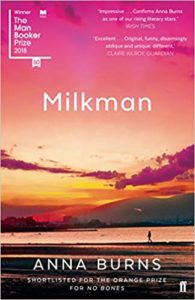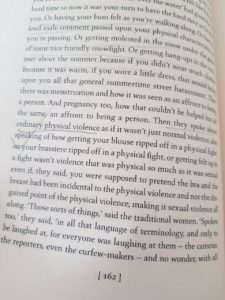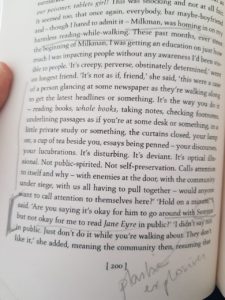Idra Novey, “Take What You need”
Idra Novey’s forthcoming novel Take What You Need . It been named as the most anticipated book of 2023 by Oprah Daily, Vulture, Today.com, Elle, and Lit Hub. I read an ARC in Nov 2022 when Idra sent across a copy. There is something extremely powerful about the writing. Here is the book blurb. It says much and yet, not much.
****
Set in the Allegheny Mountains of Appalachia, Take What You Need traces the parallel lives of Jean and her beloved but estranged stepdaughter, Leah, who’s sought a clean break from her rural childhood. In Leah’s urban life with her young family, she’s revealed little about Jean, how much she misses her stepmother’s hard-won insights and joyful lack of inhibition. But with Jean’s death, Leah must return to sort through what’s been left behind.
What Leah discovers is staggering: Jean has filled her ramshackle house with giant sculptures she’s welded from scraps of the area’s industrial history. There’s also a young man now living in the house who played an unknown role in Jean’s last years and in her art.
With great verve and humor, Idra Novey zeros in on the joys and difficulty of family, the ease with which we let distance mute conflict, and the power we can draw from creative pursuits.
Take What You Need explores the continuing mystery of the people we love most with passionate and resonance, this novel illuminating can be built from what others have discarded—art, unexpected friendship, a new contentment of self. This is Idra Novey at her very best.
****
It has been a few months since I read Take What You Need . Unfortunately, I read a digital copy so I was unable to mark it, dog ear the edition or even scribble in the margins as is my habit while reading. As a result, I cannot write out passages that appealed to me but I do know that it left me with an astonishing feeling of the power that exists deep within ourselves to find hope, to be creative, to find multiple ways of healing. The artist Jane lives alone. She lives in a home that is in an impoverished neighbourhood. Squatters are a common sight. It is a drifting population whose antecdents are unclear and they can be prone to violence as well — survival of the fittest. Yet, Jean with quiet determination, single-mindedly works upon her art. She rummages through scrap heaps for various sizes of metals and welds them in her home to create sculptures. After her death, her massively intricate installations are donated to a museum. It is a complicated procedure that involves removing the roof of her house and using cranes to lift the artwork and place it on a removal truck. Along the way, Jean has befriended Elliott, a neighbour’s son, a young man, a drifter, a loner, a rough-at-the-edges soul, who for some inexplicable reason takes a shine to Jean and assists her.
At one level, Take What You Need is a story about the many lonely individuals, whether in the USA or elsewhere, who come together to create their own social systems. They take what they need from these relationships and move on. It is about the odd couple Jean and Elliott, it is about the xenophobic youngsters gathered like a pack in the jungles, slowly being indoctrinated by the vile rants of politicians, little realising that they are mere pawns in the larger game of politics. The politicians take what they want from these impressionable young men — their votes, their allegiance, leaving them with nothing, no future. Unlike Jean. Who in the face of adversity, mourning the loss of a father who did not allow her to assist him in his car repair work, but slowly learned to take what she needed from her fate — her diginity, valued her time, created something out of nothingness, created a valuable commodity out of scrap that after her lifetime was hailed as a masterpiece. Jean represents the ability of humanity to bounce back against all odds. The individual takes what they need from life. The community takes what they need. Ultimately, it is an expression of one’s free will. It is a choice. And it is precisely these tiny decisions made on a daily basis that have a deeper consequence on the individual’s life.
I read all the time. Some books I remember, some I do not. But months later, the quiet, “simple” writing style of Idra Novey continues to deeply affect me. It empowers the reader to believe in themselves to bring the desired change in their life.
Read Take What You Want and you must take what you want from it too!
10 Feb 2023



